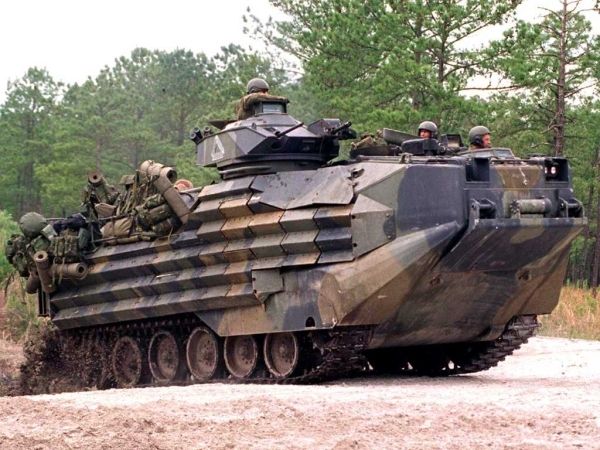Continuing economic challenges will necessitate cuts in the defense budget till 2017. While there will be reductions in the number of personnel in every military segment, ground forces will experience the most structural changes. Fewer numbers of units denotes lower requirements for equipment, but this reduction is offset by the higher demand for the modernization of existing weapons.
New analysis from Frost & Sullivan, “DoD 2013 Budget,” finds that the 2013 DoD budget request was for $613.93 billion, which includes $525.43 billion in base funds and $88.50 billion in overseas contingency operations (OCO) funds. DoD spending accounts for approximately 4.7 percent of the gross domestic product (GDP).
The DoD will have to focus on upgrades. Many of the available aircraft, ships, tactical vehicles, command, control, communications, computers, intelligence, surveillance, and reconnaissance (C4ISR) equipment, and weapons are at the end of their serviceable life.
“Current spending is driven by the repair and replacement of worn out equipment and Research and Development for upgrades to systems; however, the emphasis will be on incremental upgrades to mature and proven technology,” said Frost & Sullivan Senior Industry Analyst Brad Curran. “The high-priority spending segments are repair/maintenance, training, logistics and healthcare.”
An offshoot of the DoD’s budget restrictions is the increasing use of commercial off-the-shelf (COTS) technologies. Commercial technologies’ ease of integration, increased integrator margins and greater operational capabilities have popularized their use in combat vehicles, naval weapons systems, and tactical network communications networks.
Meanwhile, the operational borders between the DoD and other federal agency assets and missions will continue to blur. The dominant defense firms will remain active, but will be challenged by increasing foreign competition and their acquisition of mid-tier technology and service firms. Europe-based companies will look to gain an entry to the United States as their defense budgets shrink at a relatively faster rate.
“Global contractors will compete for partnership and acquisition of small, innovative firms that can quickly translate commercial success into military applications and market share,” said Curran. “Established prime contractors are always seeking innovative technologies and services that can save them internal development and management costs and help meet contract requirements on schedule.”
Frost & Sullivan works in collaboration with clients to leverage visionary innovation that addresses the global challenges and related growth opportunities that will make or break today’s market participants.










